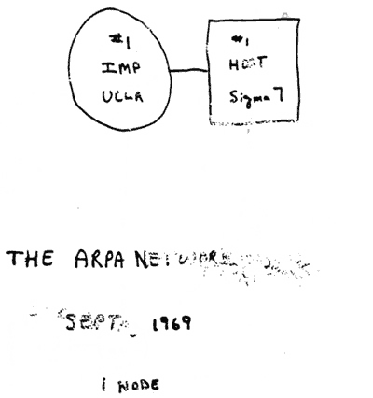| Software makes none of the usual qualitative distinctions between the artistic and technical subcultures. At a time when esthetic insight must become part of technological decision-making, would such divisions make sense? (Burnham 14) |
Conceptual artists such as Levine and Haacke believed in the equivalence of communication media and the production of artwork. They also felt that artists should use whatever materials and techniques are necessary in order to respond systematically to contemporary social issues and their wide range of informational contexts:
| The artist's business requires his involvement with practically everything . . . It would be bypassing the issue to say that the artist's business is how to work with this and that material . . . and that the rest should be left to other professions . . . The total scope of information he receives everyday is of concern. An artist is not an isolated system . . . he has to continuously interact with the world around him . . . (Haacke 52) |

figure 1: Drawing of the first connection.
In 1962, scientists from the US Naval Observatory Time Service (USNO-United States) and the National Physical Laboratory (NPL-United Kingdom) deployed Telstar, the first active-mode communication satellite, to complete the first transatlantic two-way clock comparisons. That same year J.C.R. Licklider and W. Clark published a paper on a "Galactic Network" concept encompassing distributed social interactions, and Paul Baran proposed a new system of network design for sending computer messages, following up on the first paper published on packet switching written by Leonard Kleinrock the year before. Eight years later, in 1969, ARPANET (Advanced Research Projects Agency NETwork) was born, and four nodes were established: University of California, Los Angeles (UCLA); Stanford Research Institute (SRI); University of California, Santa Barbara (UCSB); and University of Utah. In 1967, The National Physical Laboratory (NPL) in Middlesex, UK, developed an NPL Data Network under D.W. Davies (Zakon, Hobbes')